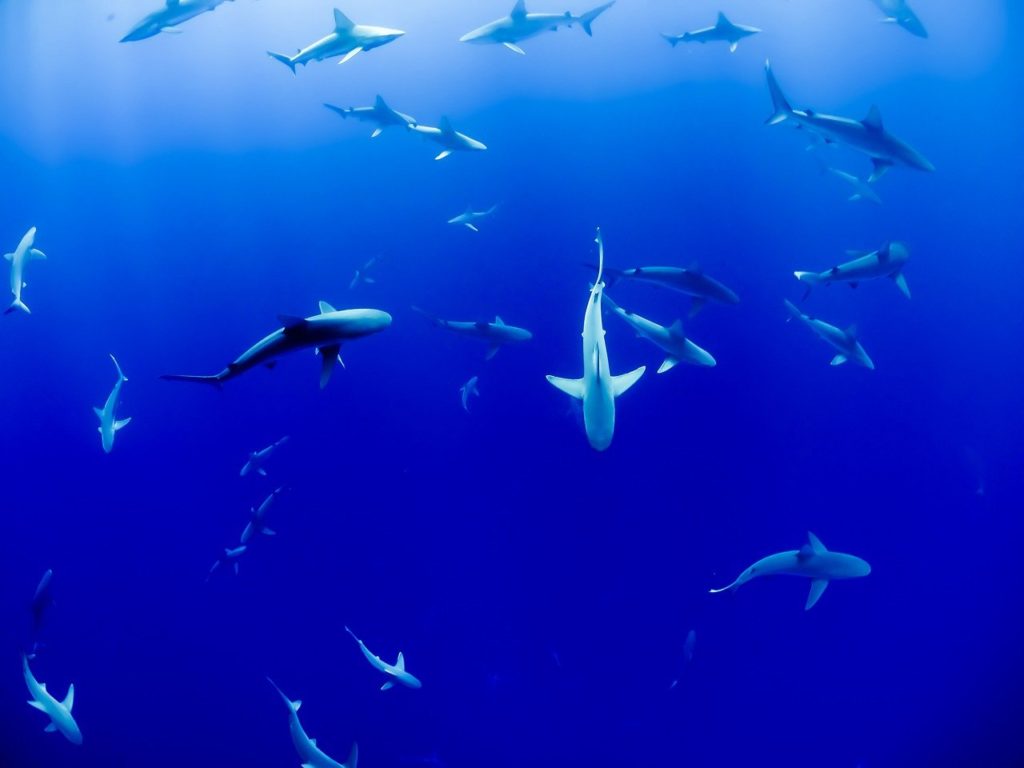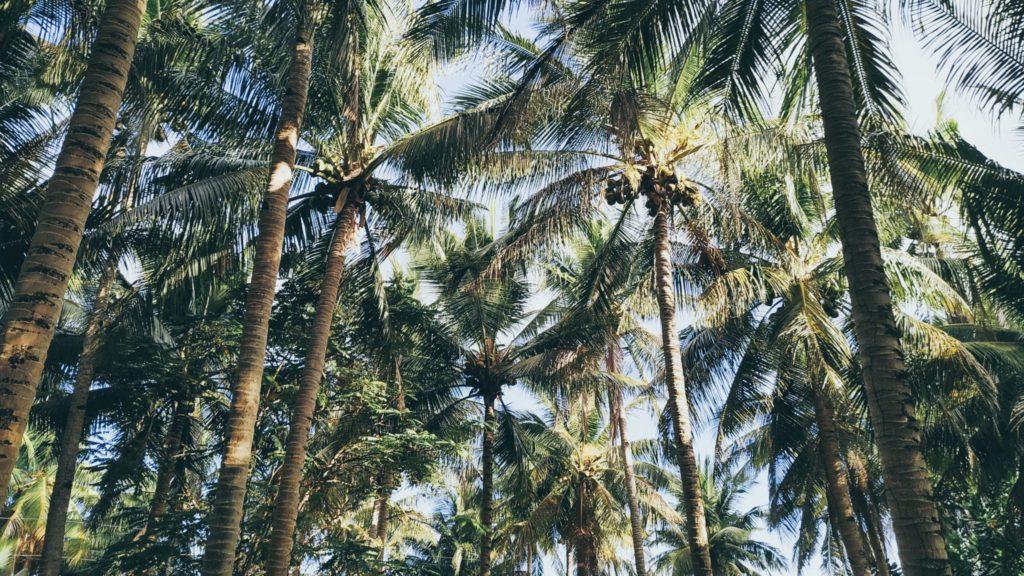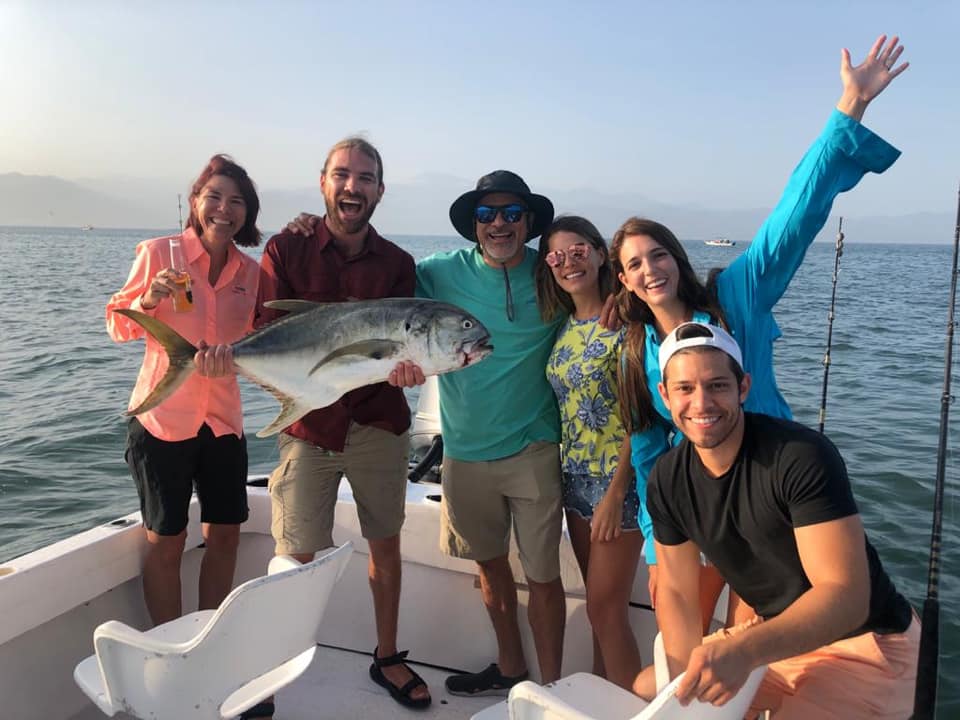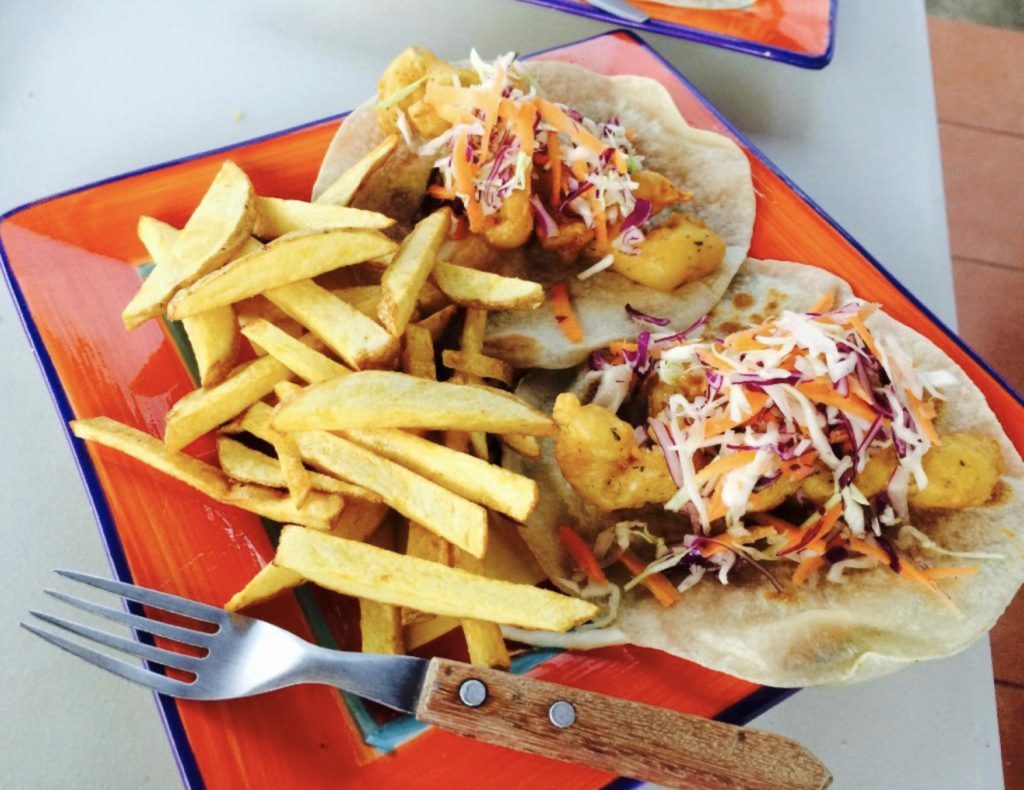The straightforward answer is yes, there actually are crocodiles, jellyfish, and sharks in Puerto Vallarta, but is there any reason to worry? How is the ocean water quality? Below we’ll go over the types of sharks that live in Banderas Bay, where river crocodiles can be found in the area, jellyfish season, red tide information, other dangerous animals & wildlife, and the latest water quality results.
Wildlife in Puerto Vallarta
Shark Attacks
Shark attacks in general are actually very rare in the world. I think the paranoia just comes from movies like Jaws… and maybe Sharknado? The media also loves a good shark attack headline.
The straightforward answer is yes, there actually are sharks in Puerto Vallarta, but is there any reason to worry?
The sharks in Puerto Vallarta that actually do still exist are either very small and harmless to humans or are plankton-eating.
So, why aren’t there any shark attacks in Puerto Vallarta? There’s a myth that dolphins patrol the area from any threats to the bay, but that seems unlikely. A more likely explanation is that sharks in Puerto Vallarta were over-exploited back in the 1930s and they simply have never recovered. Sharks have low reproductive rates, and Shark fin soup was very popular. Many types of sharks are still exploited for their fins as some consider them a delicacy, but the practice is cruel and unsustainable.
Back in 2008, there was news about a shark attacking 3 surfers in less than a month. This happened on the beaches close to Ixtapa-Zihuatanejo, about 10 hours south of Puerto Vallarta. These attacks were associated with “La Niña” which modifies ocean currents and temperatures, and there have not been any other reported attacks in the last few years.
In conclusion, shark attacks in Puerto Vallarta are extremely rare, and the chances of you being the victim of one are so remote that it’s not something worth worrying about.

Crocodiles
Are there crocodiles in Puerto Vallarta? Honestly, only a few incidents have been reported over the years, but it does happen and it tends to get a lot of attention from the media.
During the rainy season, it is common to find these reptiles in the ocean due to the strong river currents that wash them into the bay. Their natural habitat is also being encroached upon and they have less space to live. Because of this, they find their way into recreational spaces such as marinas and golf courses.
Their natural behavior is for them to come to the shore at night to rest. Although they can be found in the bay, they tend to be concentrated in 2 different areas: El Salado State Park, a natural mangrove reserve near Marina Vallarta, and El Cora, a crocodile sanctuary.
El Estero is a national protected area of mangroves and marshes, and it is the only urban estuary in Latin America. Its connection to the ocean is permanent, through a channel approximately 20 meters wide, 3 meters deep, and 2 kilometers long that ends at the port harbor. There are almost 99 species of birds, 10 mammals, and 29 amphibians/reptiles. It is a great
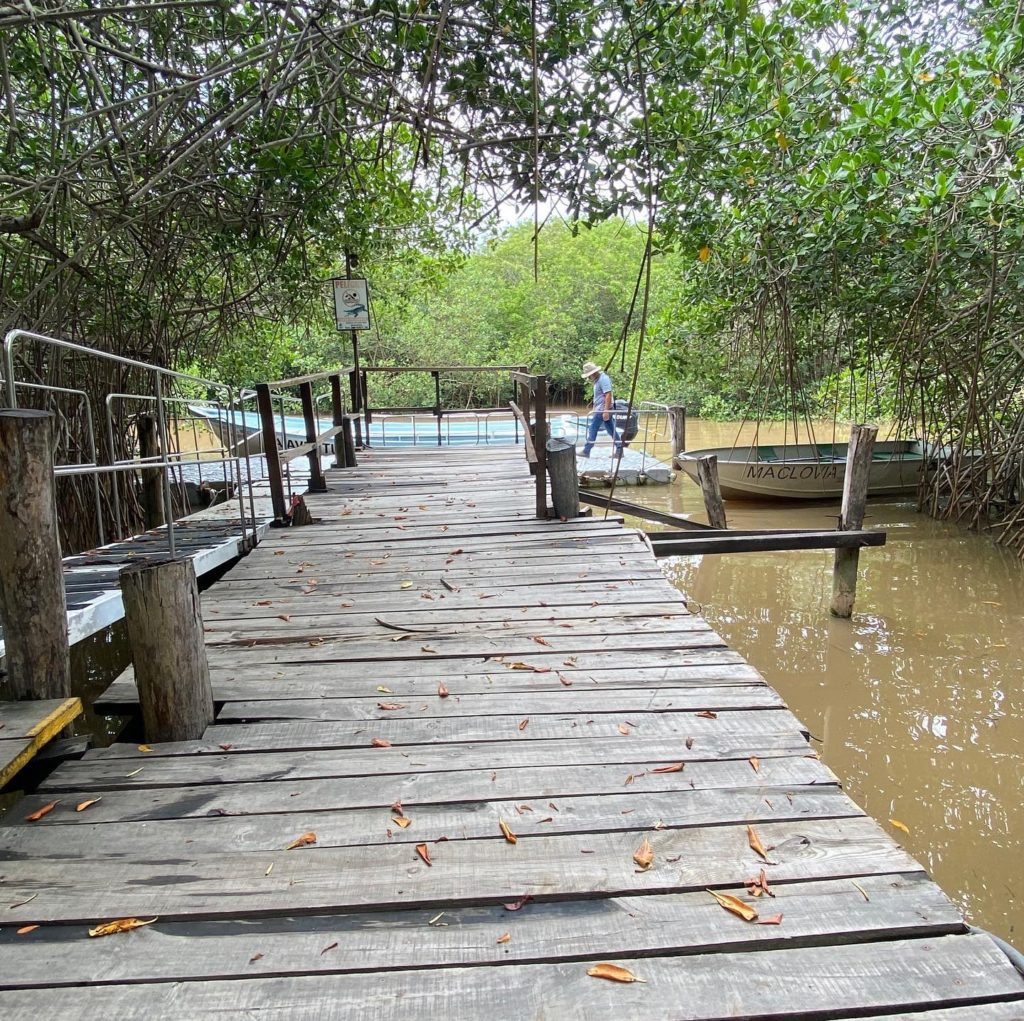
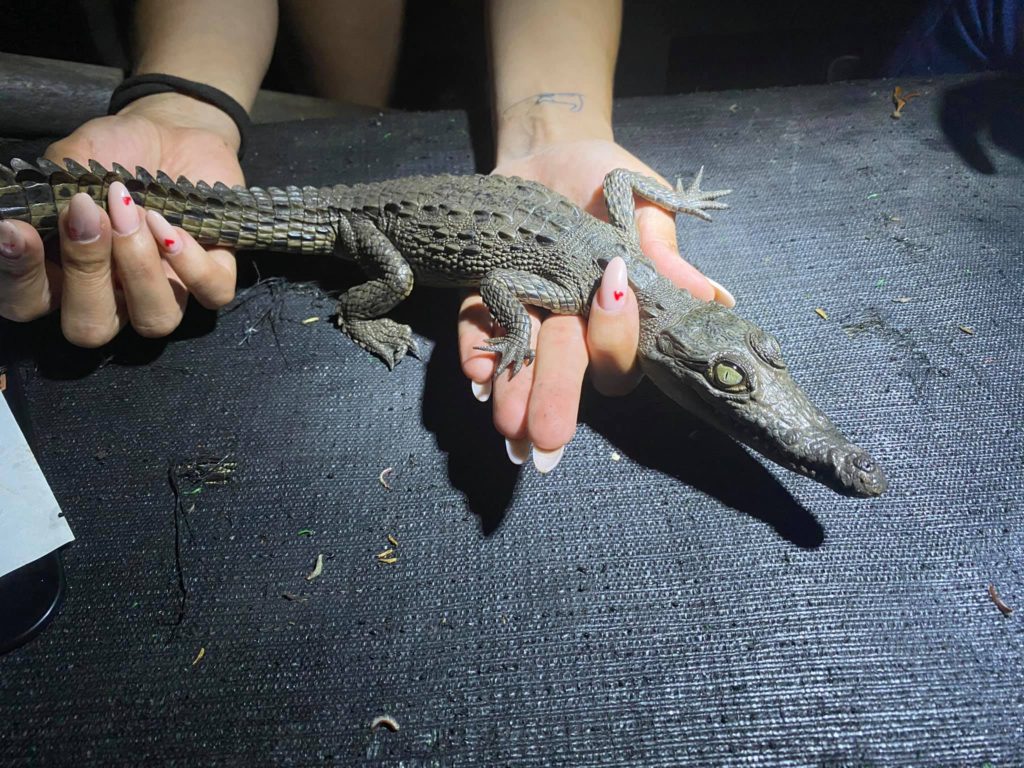

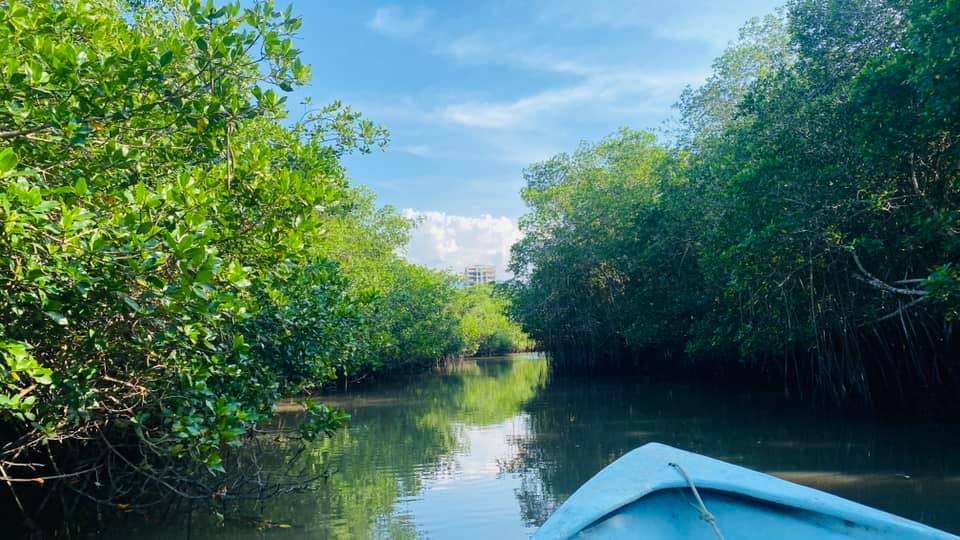

The local American Crocodile species is not as aggressive as the Floridan Aligator, which has quite a reputation of attacking people. A recent crocodile attack in Puerto Vallarta was in July 2021 when a river crocodile attacked an 18-year-old guest at the Marriott Puerto Vallarta, shortly before going on a nighttime swim. Fortunately, she managed to escape and made a full recovery. Just for some perspective, the Marriot is relatively close to the Ameca River outlet and 2 km from a croc viewing area. Crocodiles also normally hunt at night and prefer limited moonlight.
If there is a high risk of crocodiles or if one was sighted, hotels will close the beach and set the flags to blue or black:

Jellyfish Season
Some beach destinations are home to extremely dangerous jellyfish, but fortunately Puerto Vallarta is not one of those. The ones that we do see are only around for a short amount of time, as they are simply passing through. They are seasonal visitors to the area, usually around the spring and summer months. They are not very dangerous, but they may leave you with a painful sting.
The pain can vary from person to person and it depends on the jellyfish species, but we have heard of some rashes lasting for weeks. Other people that are stung are hardly bothered at all and consider it little more than an annoyance.
If you see a blob in the sand while you’re walking down the beach, avoid it and keep an eye out for any more after that. If you accidentally step on one, their sting can be very painful, even if they are already dead.

General Swimming Safety
Banderas Bay keeps Puerto Vallarta and its surrounding areas very safe from many things. The mountain range protects us from strong hurricanes. The shape of the bay also protects us from strong waves, making it great for swimming and water activities. The best surf spots are mostly north, outside of Banderas Bay (like Sayulita) where it is open ocean.
Travel Insurance
- Medical emergency insurance: Your health plan back home may provide zero or very little coverage in Mexico. This type of insurance may reimburse you for medical expenses you incur because of an illness or accident that occurs during your trip.
- Trip cancellation insurance: This covers non-refundable expenses such as tours, excursions, hotels, etc. For example, if a storm hits your vacation destination and forces you to cancel the trip, this insurance can cover 100% of the non-refundable trip expenses that you prepaid. It also covers cancellation due to diagnosed illness before traveling.
- Quarantine accommodations: Get coverage for accomodations if you have to quarantine at your destination.
- Trip interruption coverage: This is in case you need to cut your trip short and return home sooner than expected. These benefits apply if you or a traveling companion become ill or injured during a trip, for example.
We personally use InsureMyTrip since they are the largest unbiased travel insurance site that allows you to compare prices across dozens of providers and filter for only the specific coverage options you want. Every program is different and it’s important to review the terms of the insurance policy to determine if the plan is right for your needs. To get a quick estimate, click the button below:
FAQ
The sharks in Puerto Vallarta that actually do still exist are either very small and harmless to humans or are plankton-eating.
Although crocodiles are seen pretty frequently in the area, they tend to be concentrated in 2 different areas in the bay: Estero El Salado, a local mangrove natural reserve, and El Cora Crocodile Sanctuary. The reason crocodiles are being seen more lately is that their natural habitat is being encroached upon and they have less space to live. Because of this, they find their way into recreational spaces such as marinas and golf courses.
Yes, it is very safe to swim in the bay. Banderas Bay keeps Puerto Vallarta and its surrounding areas very safe from many things. The mountain range protects us from strong hurricanes. The shape of the bay also protects us from strong waves, making it great for swimming and water activities.
The ones that we do see are only around for a short amount of time, as they are simply passing through. They are seasonal visitors to the area, usually around the spring and summer months. They are not very dangerous, but they may leave you with a painful sting.
A few species to keep an eye out for are: crocodiles, spiders, snakes, scorpions, and mosquitos.

